Complete Solutions to EXERCISE 10B of chapter QUADRILATERALS of Class 9 book with complete answers and questions
| Class 9 | MATHS |
| Chapter | QUADRILATERALS |
| RS AGGARWAL | EXERCISE 10B |
| Number Of Questions | 27 |
| Academic Year | 2023-24 |
In the adjoining figure, ABCD is a parallelogram in which `angle A =72^(@)`. Calculate `angle B, angle C and angle D.`
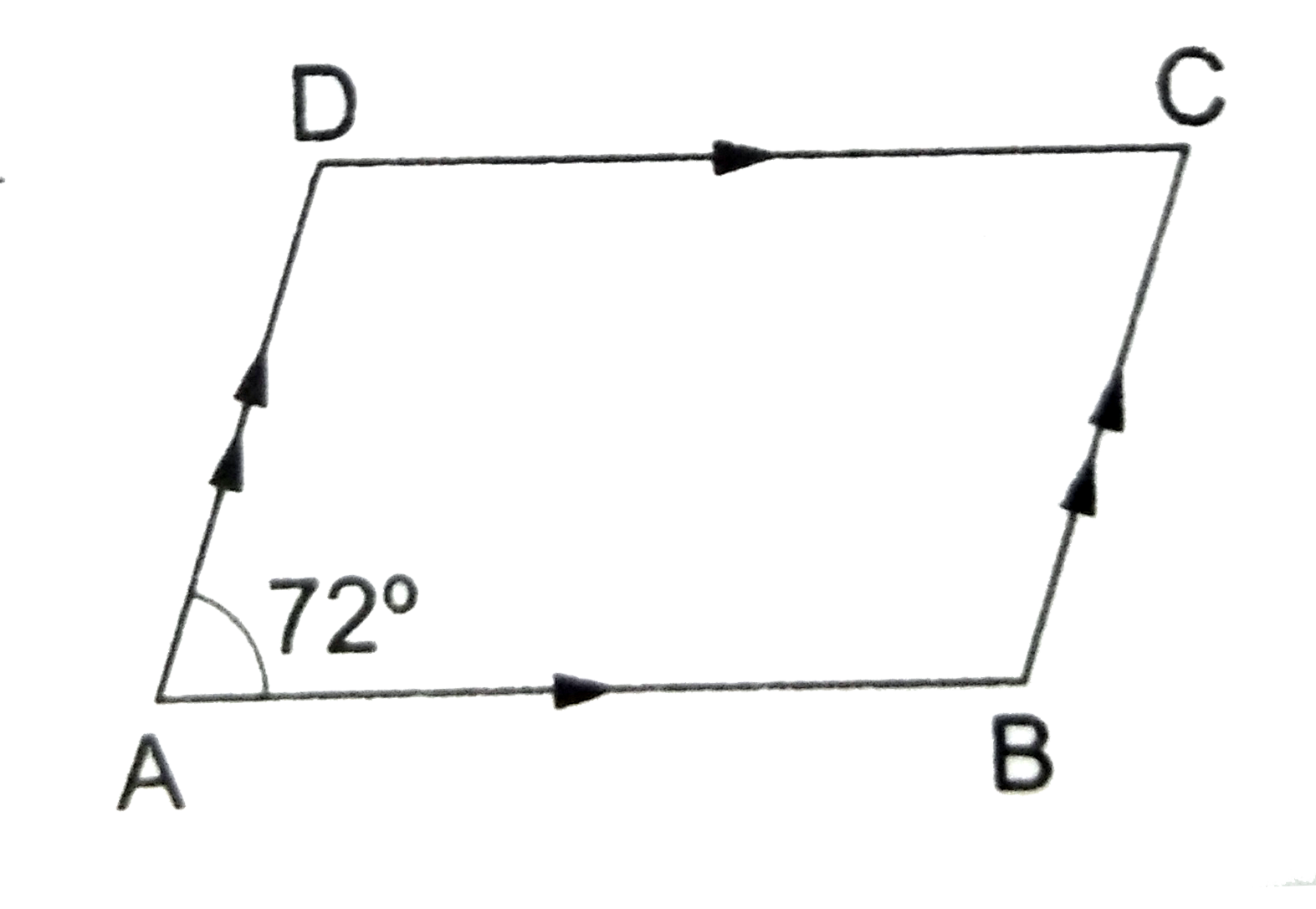
View SolutionIn the adjoining figure, ABCD is a paralleogram in which `angle DAB=80^(@) and angle DBC=60^(@).` Calculate `angle CDB and angle ADB.`
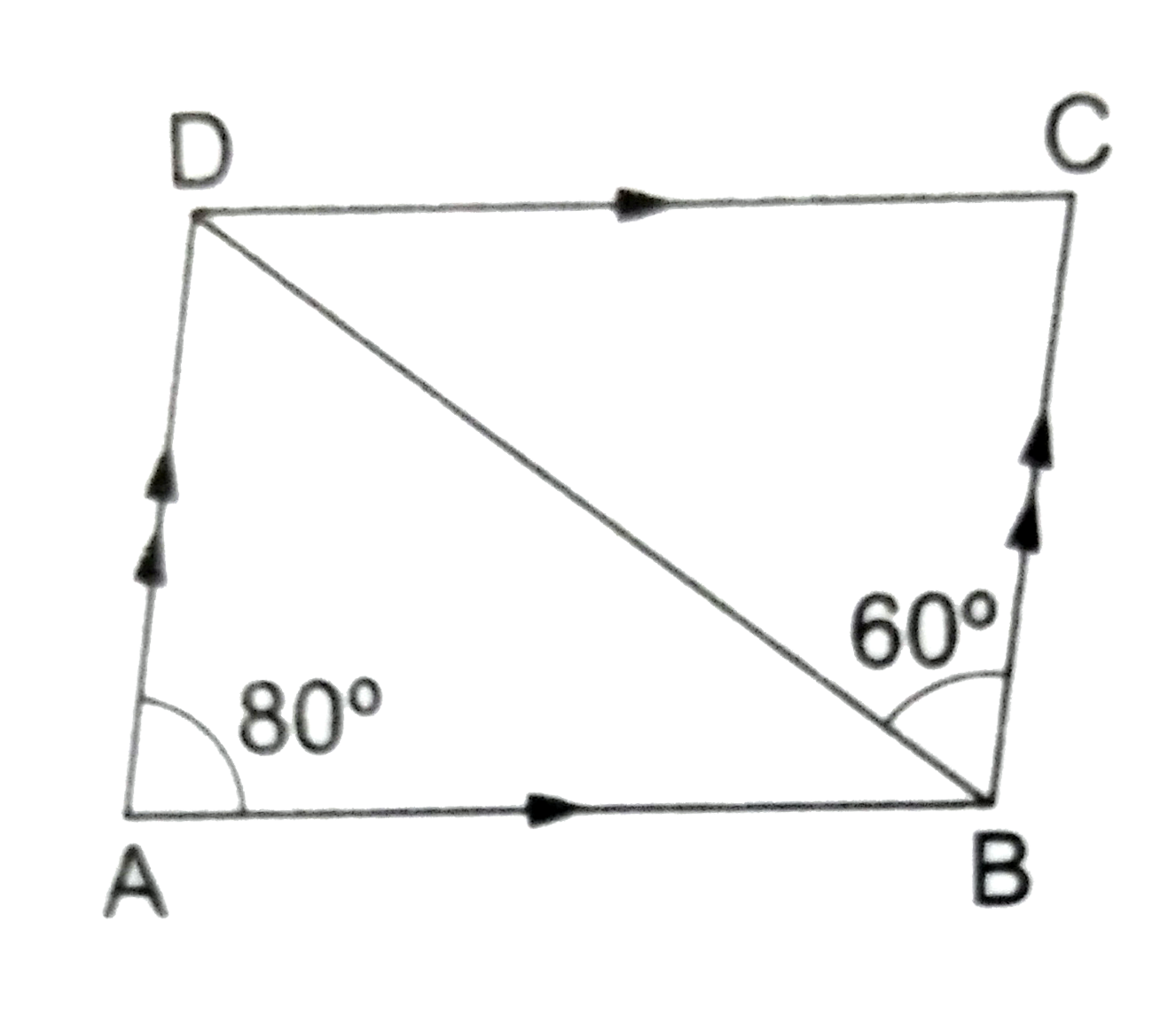
View SolutionIn the adjoining figure, M is the midpoint of side BC of a paralleogram ABCD such that `angle BAM= angle DAM.` Prove that `AD = 2 CD.`
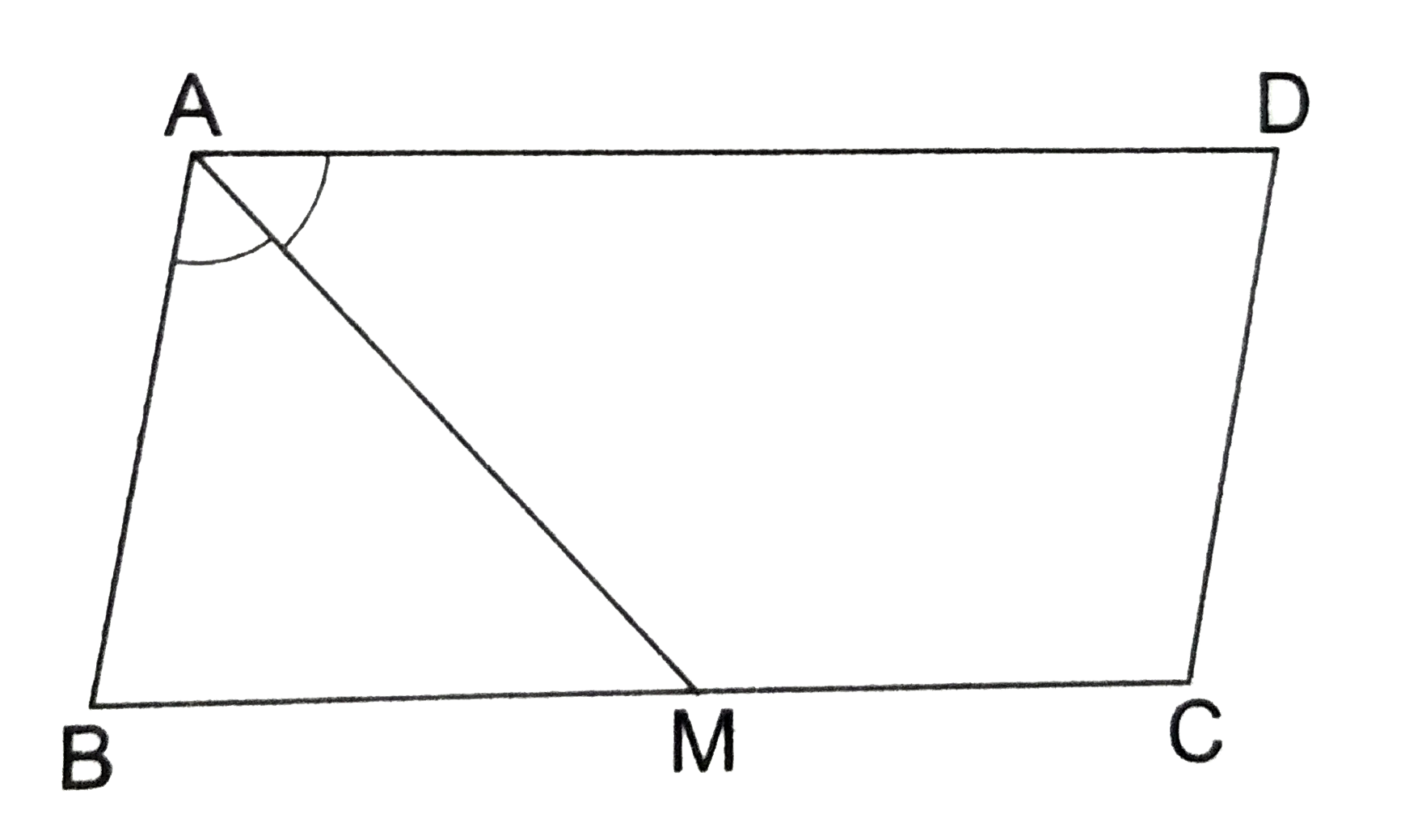
View SolutionIn the adjoining figure, ABCD is a parallelogram in which `angle A = 60^(@).` If the bisectors of `angle A and angle B` meet DC at P, prove that (i) `angle APB=90^(@),` (ii) AD = DP and PB = PC = BC, (iii) DC = 2 AD.
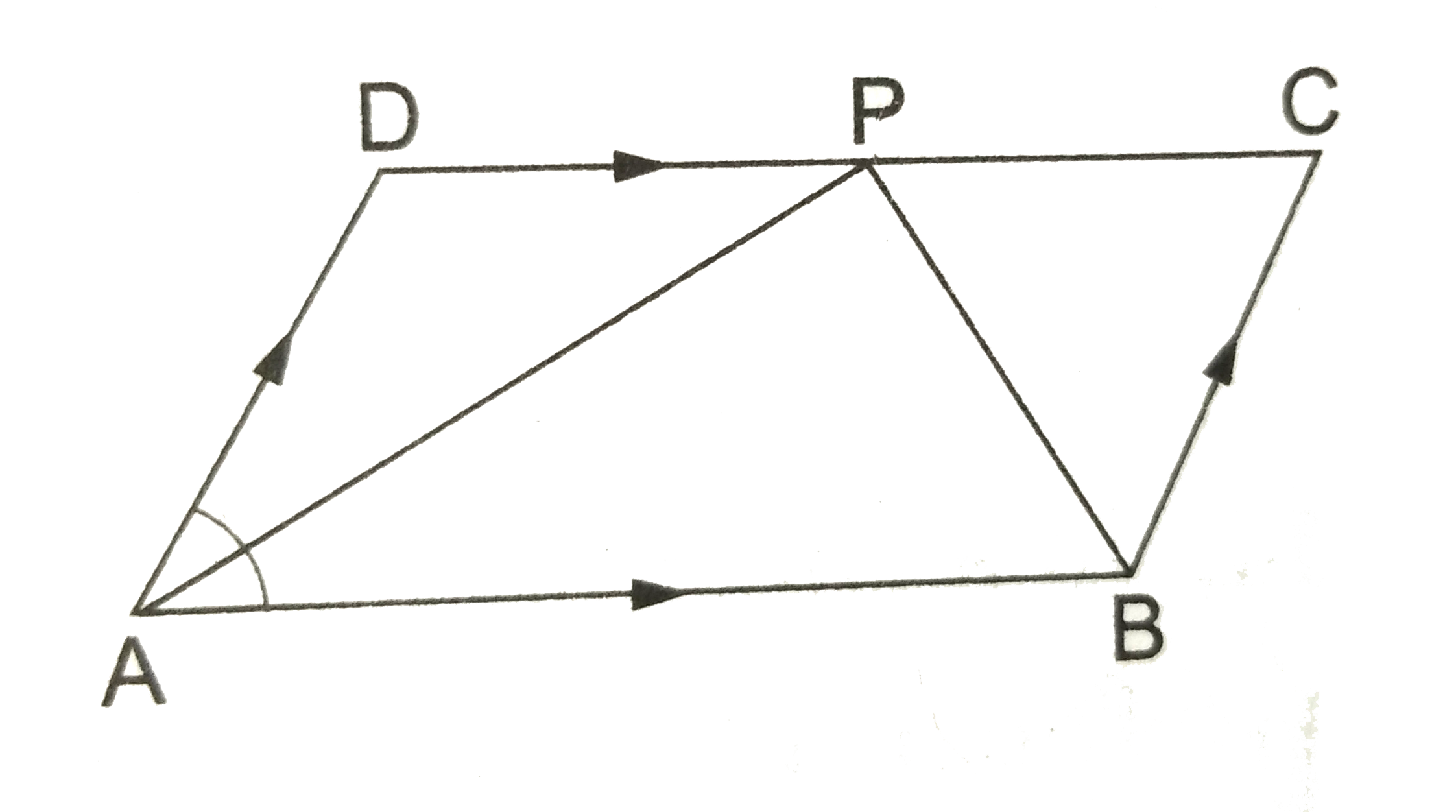
View SolutionIn the adjoining figure , ABCD is a parallelogram in which `angle BAO=35^(@), angle DAO=40^(@) and angle COD = 105^(@).`
Calculate (i) `angle ABO, " (ii) " angle ODC, " (iii) " angle ACB " and (iv) " angle CBD.`
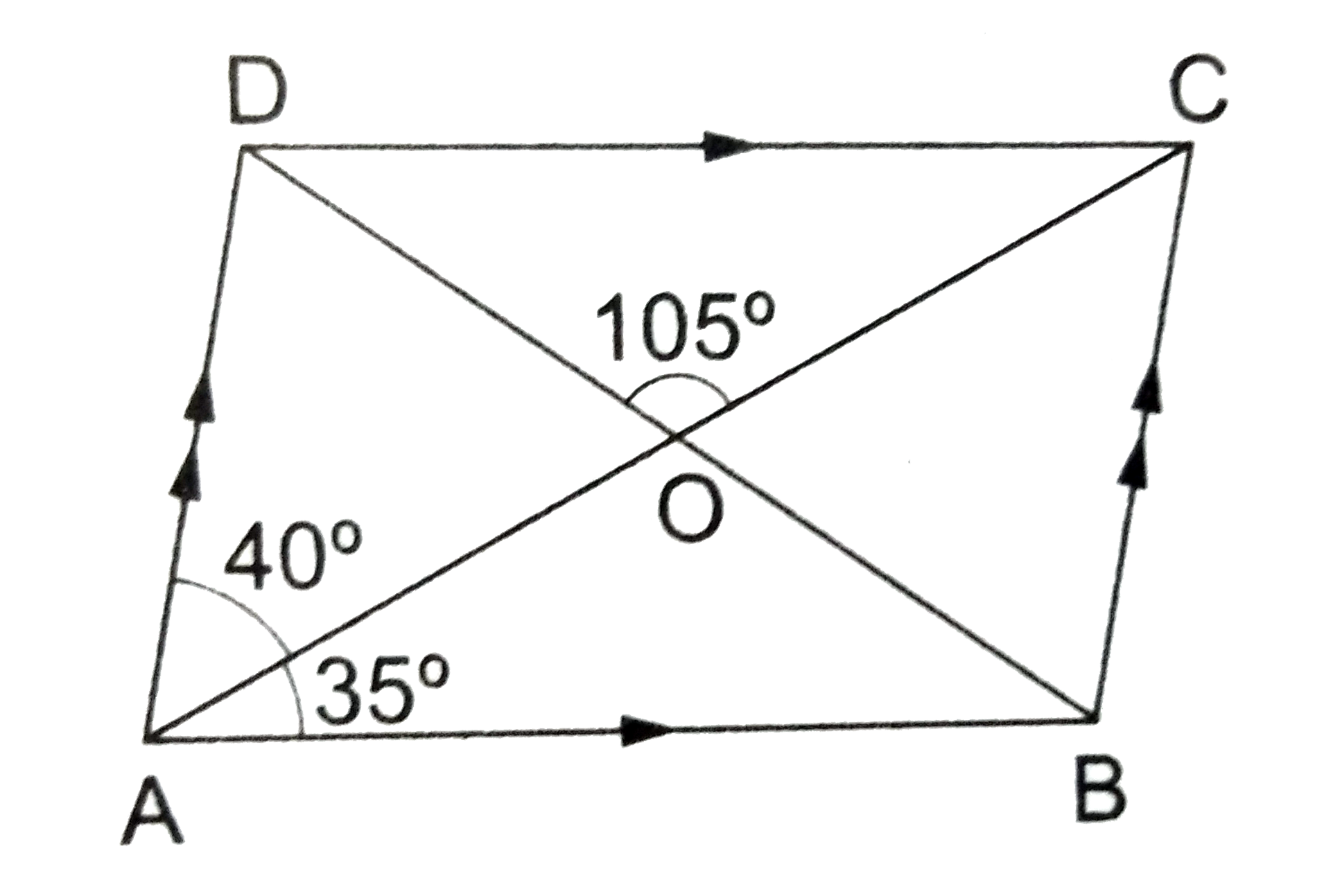
View SolutionIn a parallelogram ABCD , if `/_A=(2x+25)^@` and `/_B=(3x-5)^@`. Find the value of `x` and measure of each angle of the parallelogram.
View SolutionIf an angle of a parallelogram is four fifths of its adjacent angle, find the angles of the parallelogram.
View SolutionFind the measure of each angle of a parallelogram, if one of its angles is `30^(@)` less than twice the smallest angle.
View SolutionABCD is a parallelogram in which AB=9.5 cm and its perimeter is 30 c. Find the length of each side of the parallelogram.
View SolutionIn each of the figures given below, ABCD is a rhombus. Find the value of x and y in each case.

View SolutionThe length of the diagonals of a rhombus are `24`cm and `18`cm respectively, find the length of each side of a rhombus.
View SolutionEach side of a rhombus is 10 cm long and one of its diagonals measures 16 cm. Find the length of the other diagonal and hence find the area of the rhombus.
View SolutionIn each of the figures given below, ABCD is a rectangle. Find the value of x and y in each case.

View Solution`A B C D` is a rhombus in which the altitude from `D` to side `A B\ ` bisects `A Bdot` Find the angles of the rhombus.
View SolutionIn the adjoining figure, ABCD is a square. A line segment CX cuts AB at X and the diagonal BD at O such that ` angle COD=80^(@) and angle OXA=x^(@)`. Find the value of x.
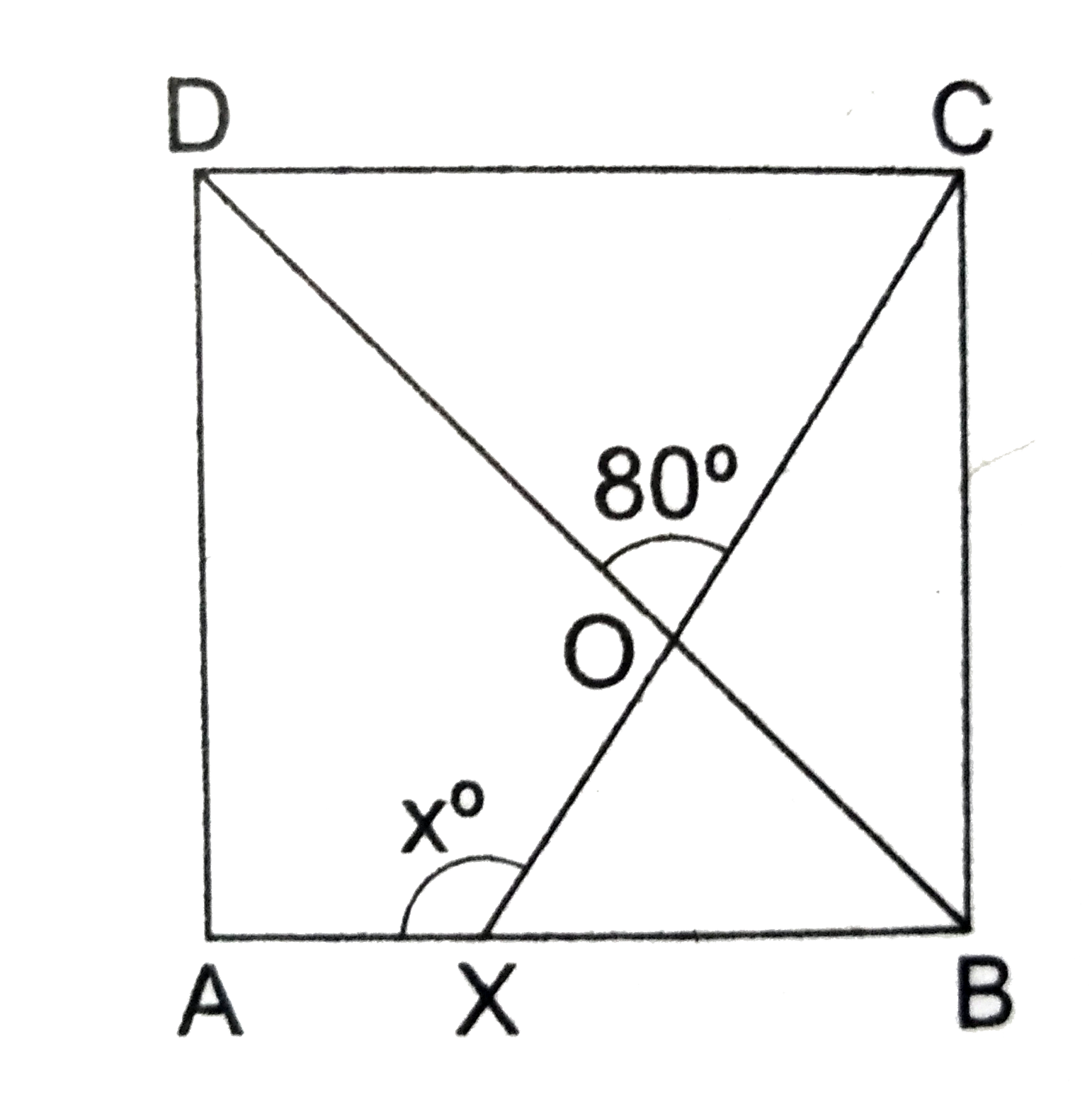
View SolutionABCD is a rhombus. Show that diagonal AC bisects `/_A`as well as `/_C`and diagonal BD bisects `/_B`as well as `/_Ddot`
View SolutionIn a parallelogram ABCD, points M and N have been taken on opposite sides AB and CD respectively such that AM = CN. Show that AC and MN bisect each other.
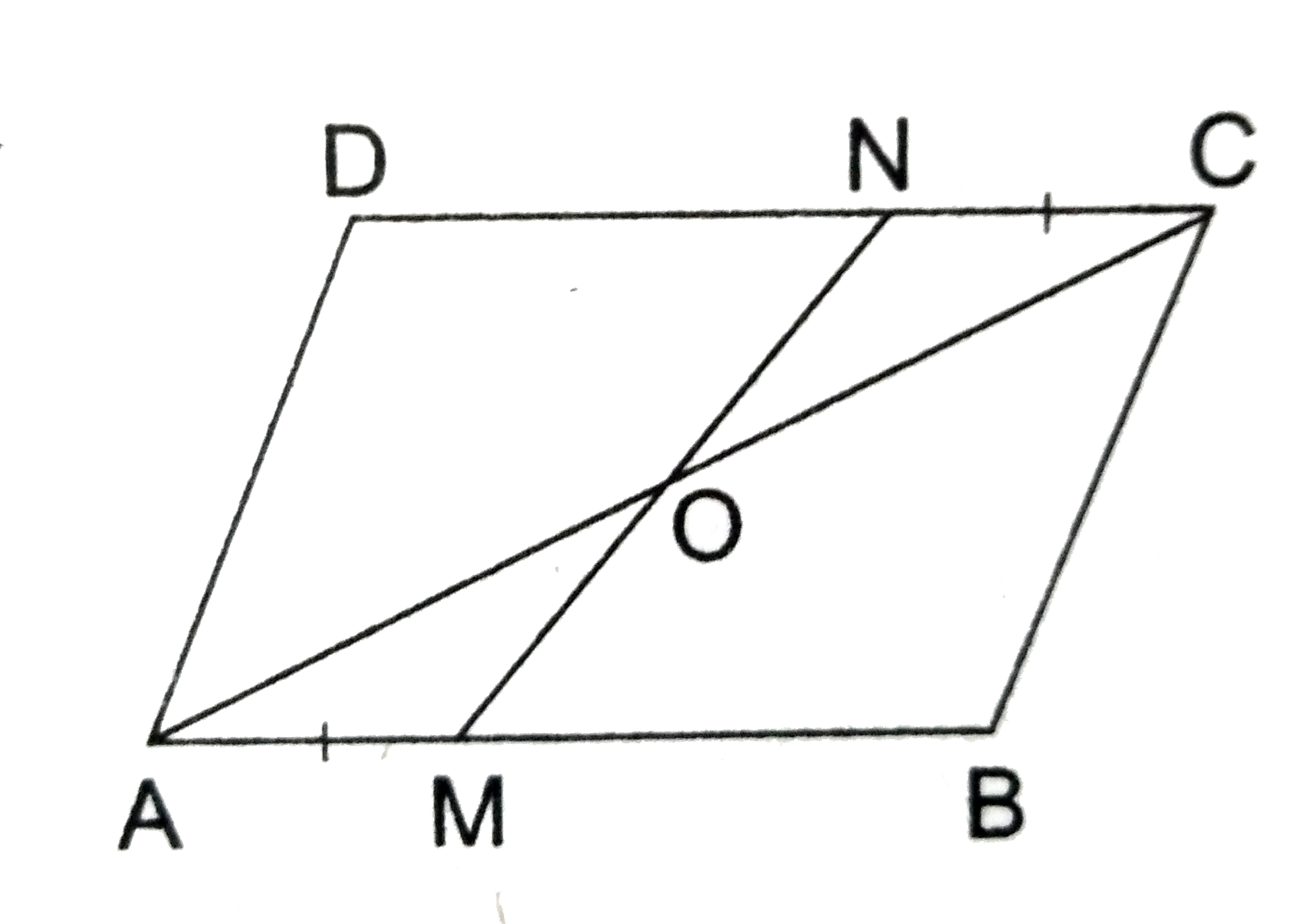
View SolutionIn the adjoining figure, ABCD is a parallelogram.If P and Q are the points on AD and BC repectively such that `AP=1/3AD` and `CQ=(BC)/3` , prove that AQCP is a parallelogram , prove that AQCP is a parallelogram.

View SolutionIn the adjoining figure, ABCD is a parallelogram whose diagonals intersect each other at O. A line segment EOF is drawn to meet AB at E and DC at F. Prove that OE = OF.
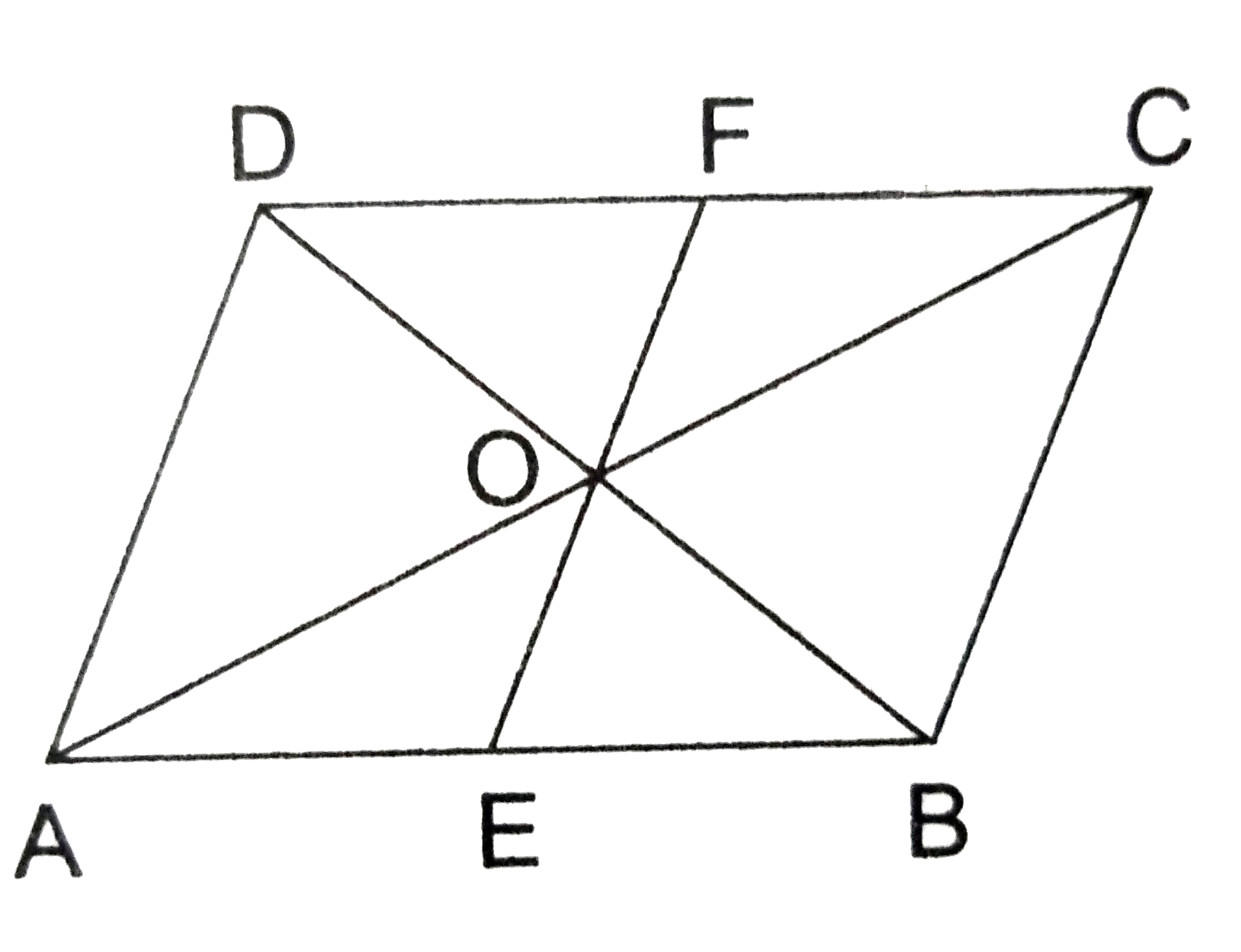
View SolutionThe angle between the altitudes of a parallelogram, through the same vertex of an obtuse angle of the parallelogram is `60^0dot` Find the angles of parallelogram.
View SolutionABCD is a rectangle in which diagonal AC bisects `/_A`as well as `/_C`. Show that:(i) ABCD is a square (ii) diagonal BD bisects `/_B`as well as `/_Ddot`.
View SolutionIn the adjoining figure, ABCD is a parallelogram in which AB is produced to E. so that BE = AB. Prove that ED bisects BC.
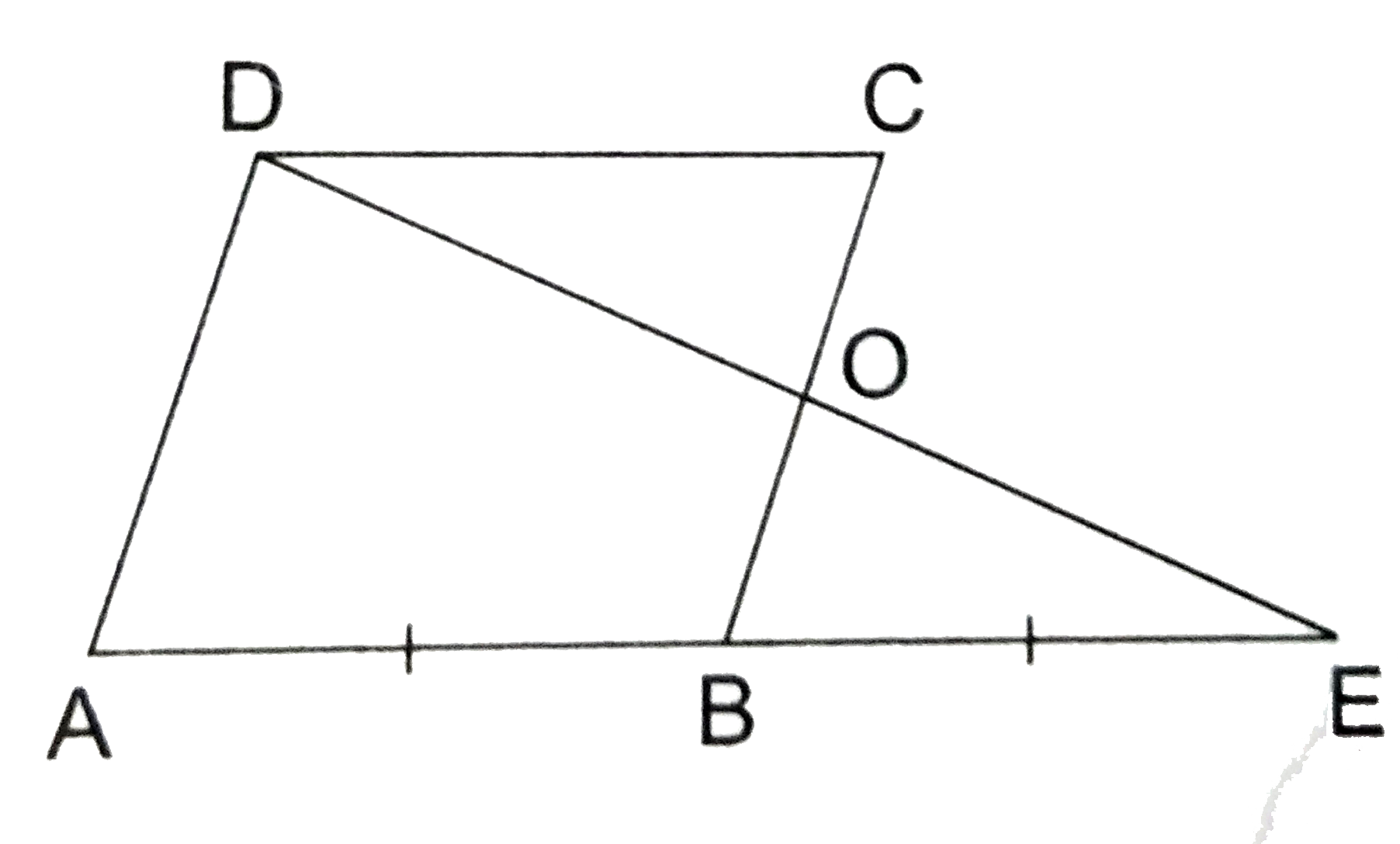
View SolutionIn the adjoining figure, ABCD is a parallelogram and E is the midpoint of side BC. If DE and AB when produced meet at F, prove that AF = 2AB.
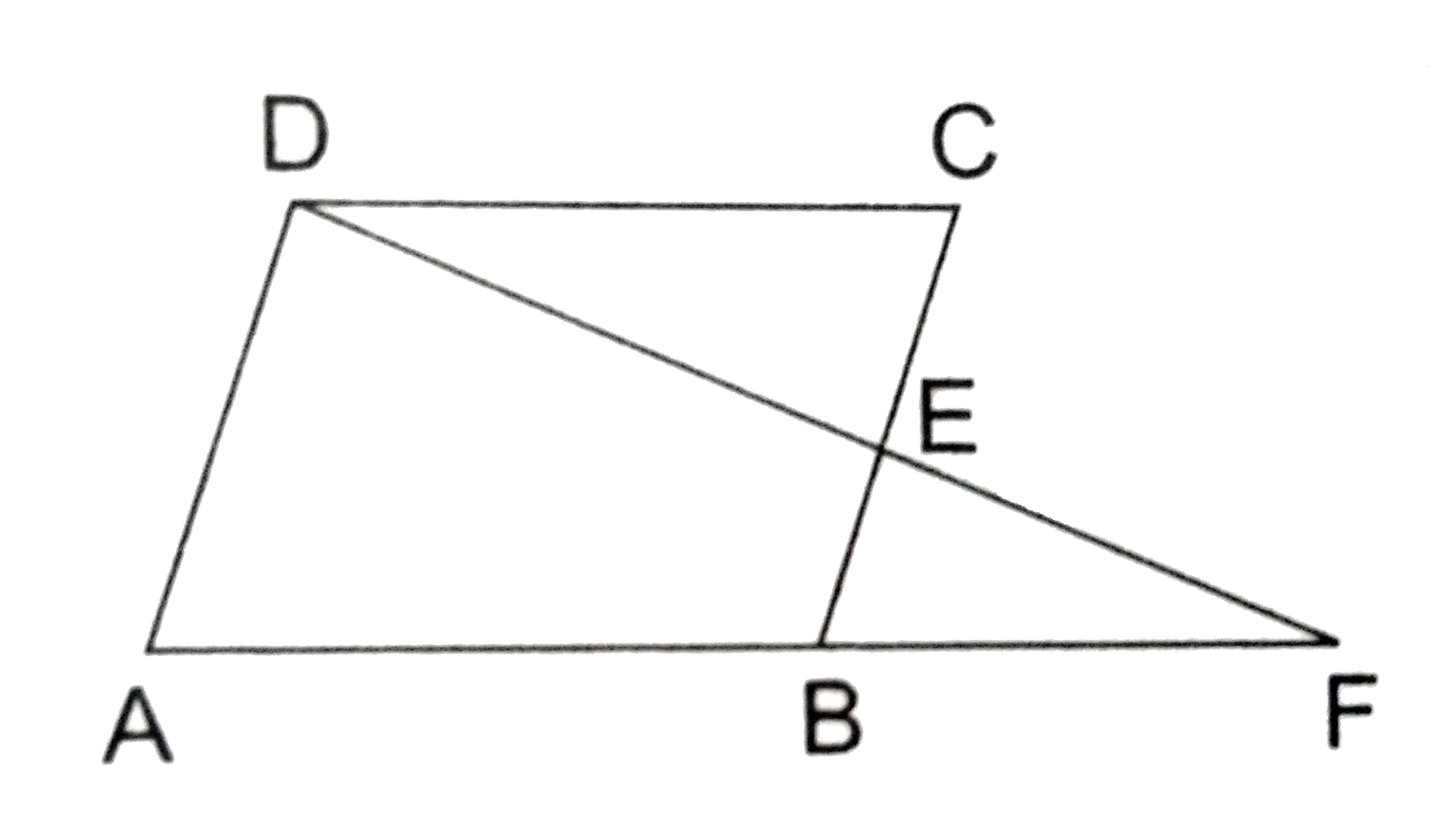
View SolutionTwo parallel lines l and m are intersected by a transversal p (see Fig. 8.15). Show that the quadrilateral formed by the bisectors of interior angles is a rectangle.
View SolutionK, L, M and N are points on the sides AB, BC, CD and DA respectively of a square ABCD such that AK = BL = CM = DN. Prove that KLMN is a square.
View SolutionA `triangle ABC` is given. If lines are drawn through A, B, C, parallel respectively to the sides BC, CA and AB, forming `triangle PQR`, as shown in the adjoining figure, show that `BC=(1)/(2) QR.`
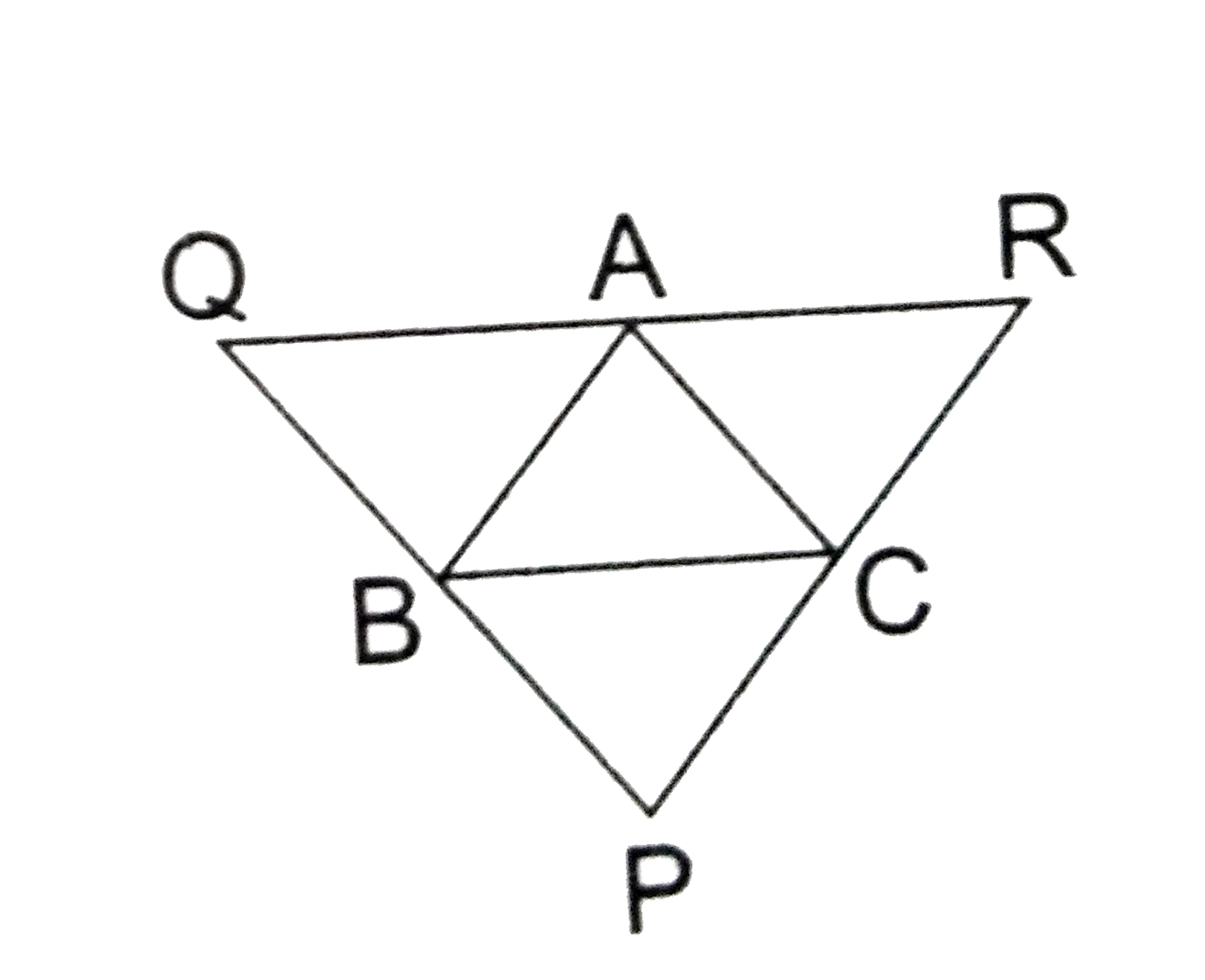
View SolutionIn the adjoining figure, `triangle ABC` is a triangle and through A, B, C lines drawn, parallel respectively to BC, CA and AB, intersecting at P, Q and R. Prove that the perimeter of `triangle PQR` is double the perimeter of `triangle ABC.`
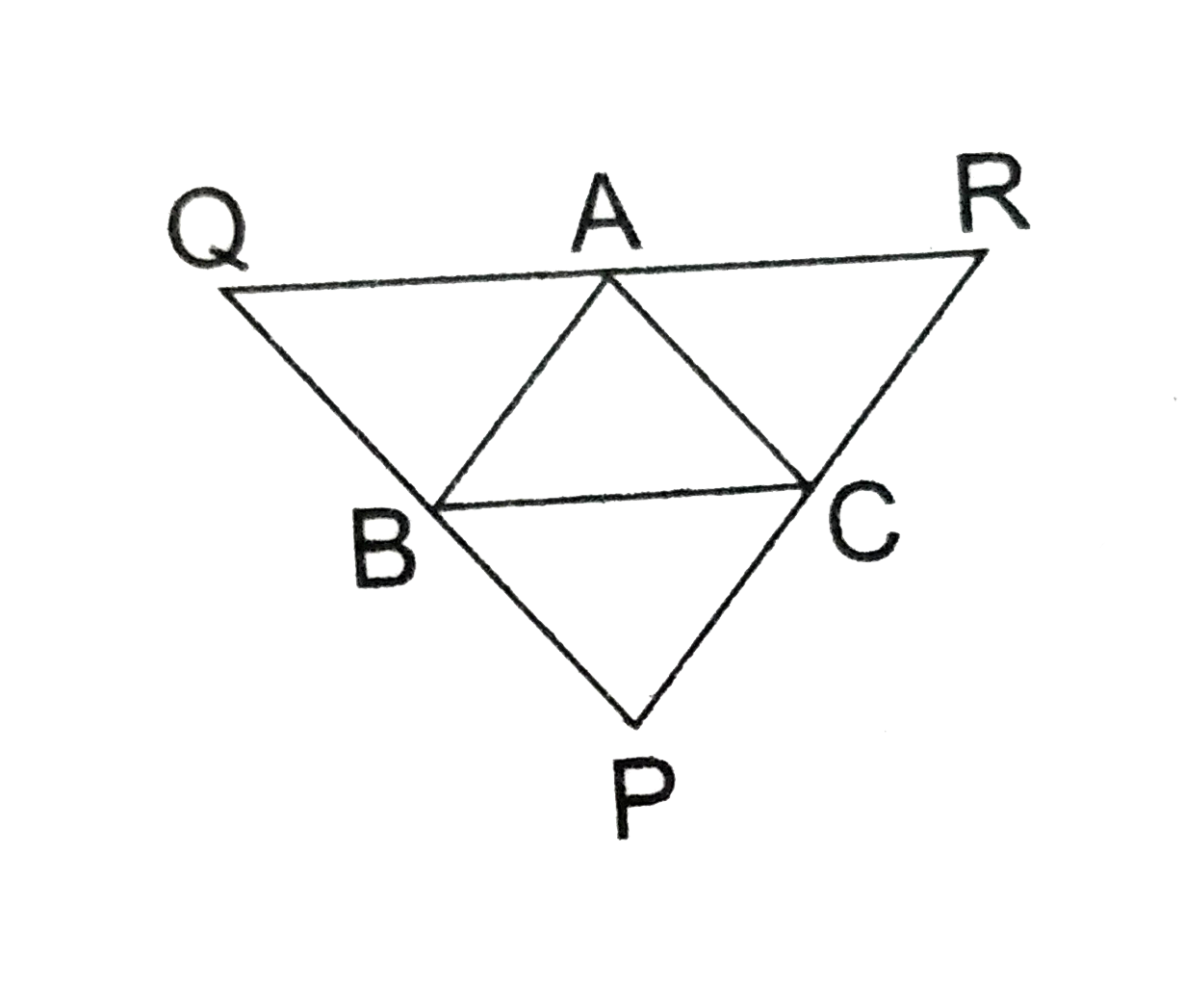
View Solution
EXERCISE 10B questions and complete solutions for chapter QUADRILATERALS of RS AGGARWAL MATHS (HINGLISH) of Class 9